Make a Simple Wood Box at Techshop
by Adam ANT in Workshop > Woodworking
53280 Views, 336 Favorites, 0 Comments
Make a Simple Wood Box at Techshop
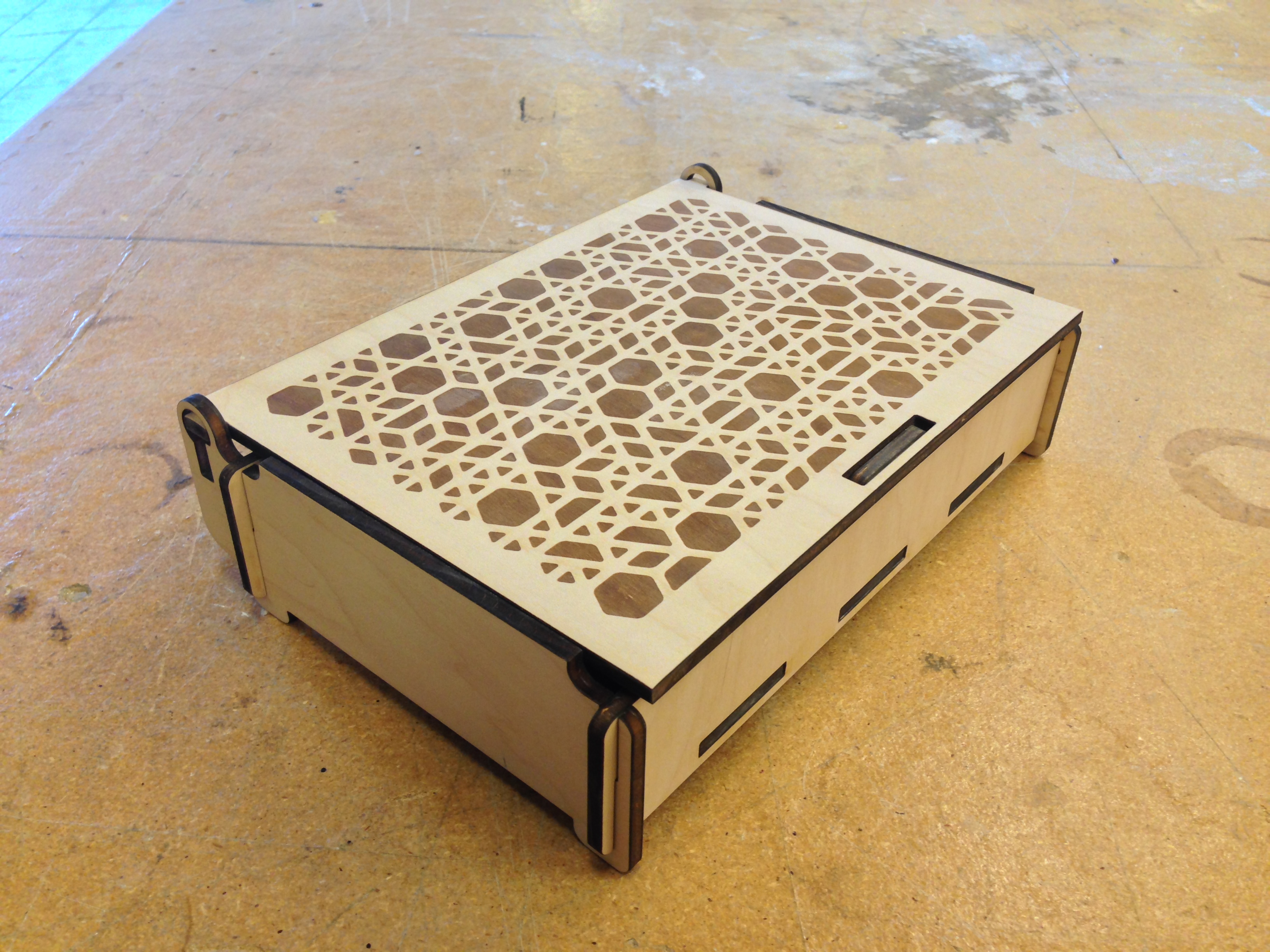
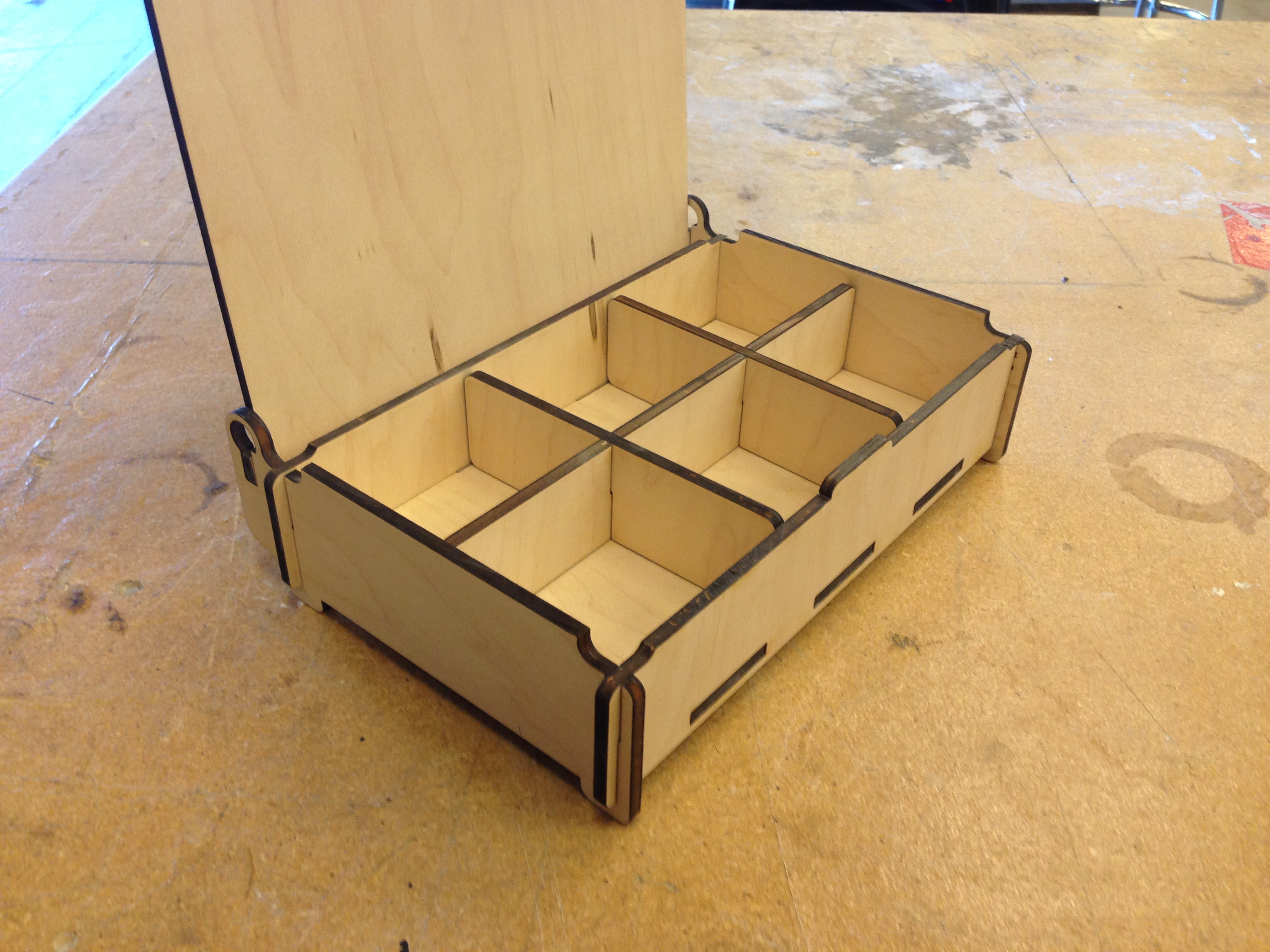
Hello!
I'm going to show you how to build this simple wood box on a laser cutter. I designed this box for a specific purpose but it would work great as a jewelry box, a pencil box (without the divider) or to hold any other small knick-knacks. If you build more than one they will lock together as they stack and the lid will stay open on its own as you peruse its contents. I made mine using Techshop's Epilog 60 Watt Helix.
I'm going to show you how to build this simple wood box on a laser cutter. I designed this box for a specific purpose but it would work great as a jewelry box, a pencil box (without the divider) or to hold any other small knick-knacks. If you build more than one they will lock together as they stack and the lid will stay open on its own as you peruse its contents. I made mine using Techshop's Epilog 60 Watt Helix.
Gather Materials
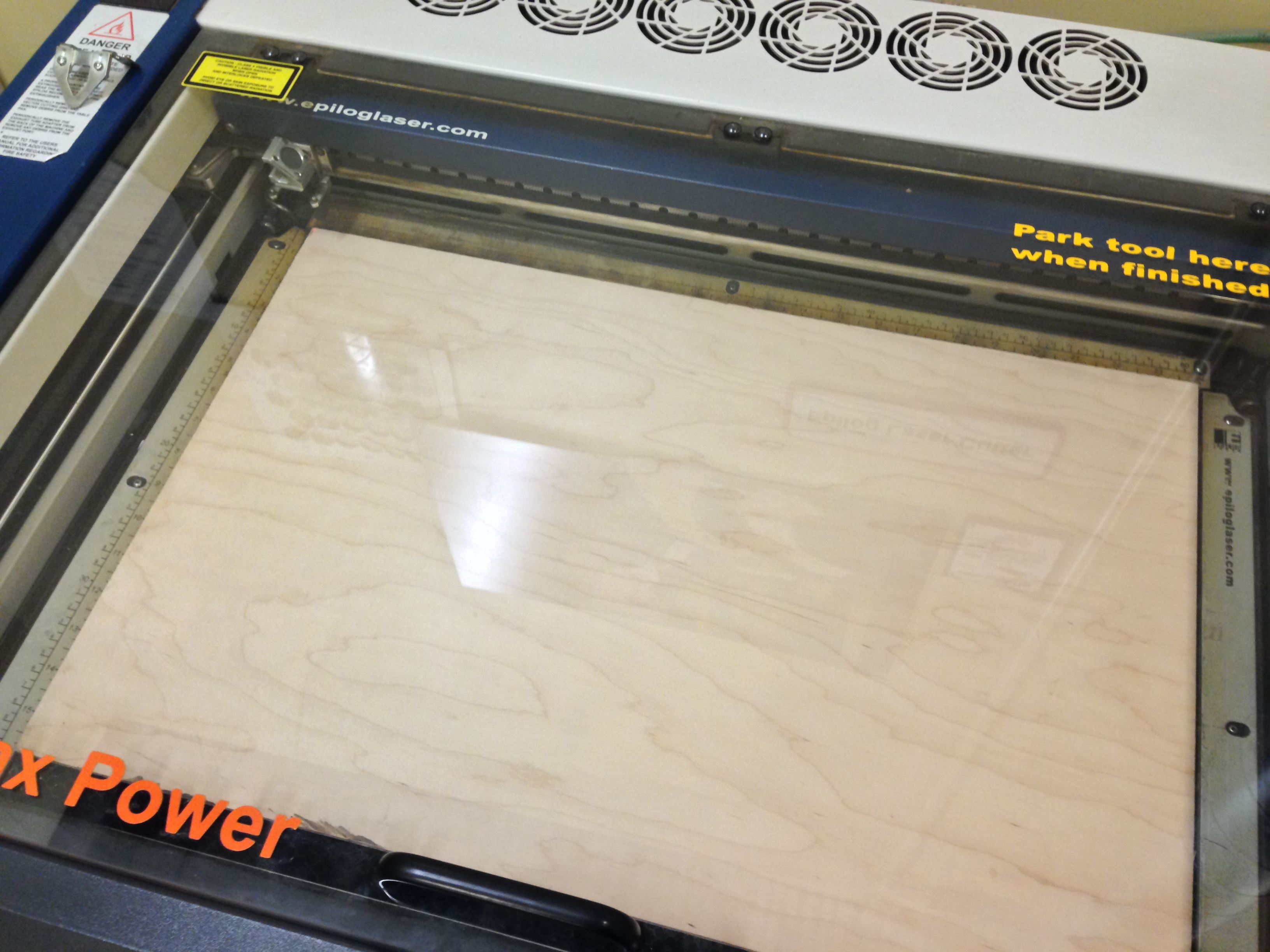
For this project you will need:
1. The box pattern
2. 1/4 plywood of your choice (I used maple)
3. Fine grit andpaper (I used 320 grit)
4. Wood glue (optional)
1. The box pattern
2. 1/4 plywood of your choice (I used maple)
3. Fine grit andpaper (I used 320 grit)
4. Wood glue (optional)
Preparing Your Wood
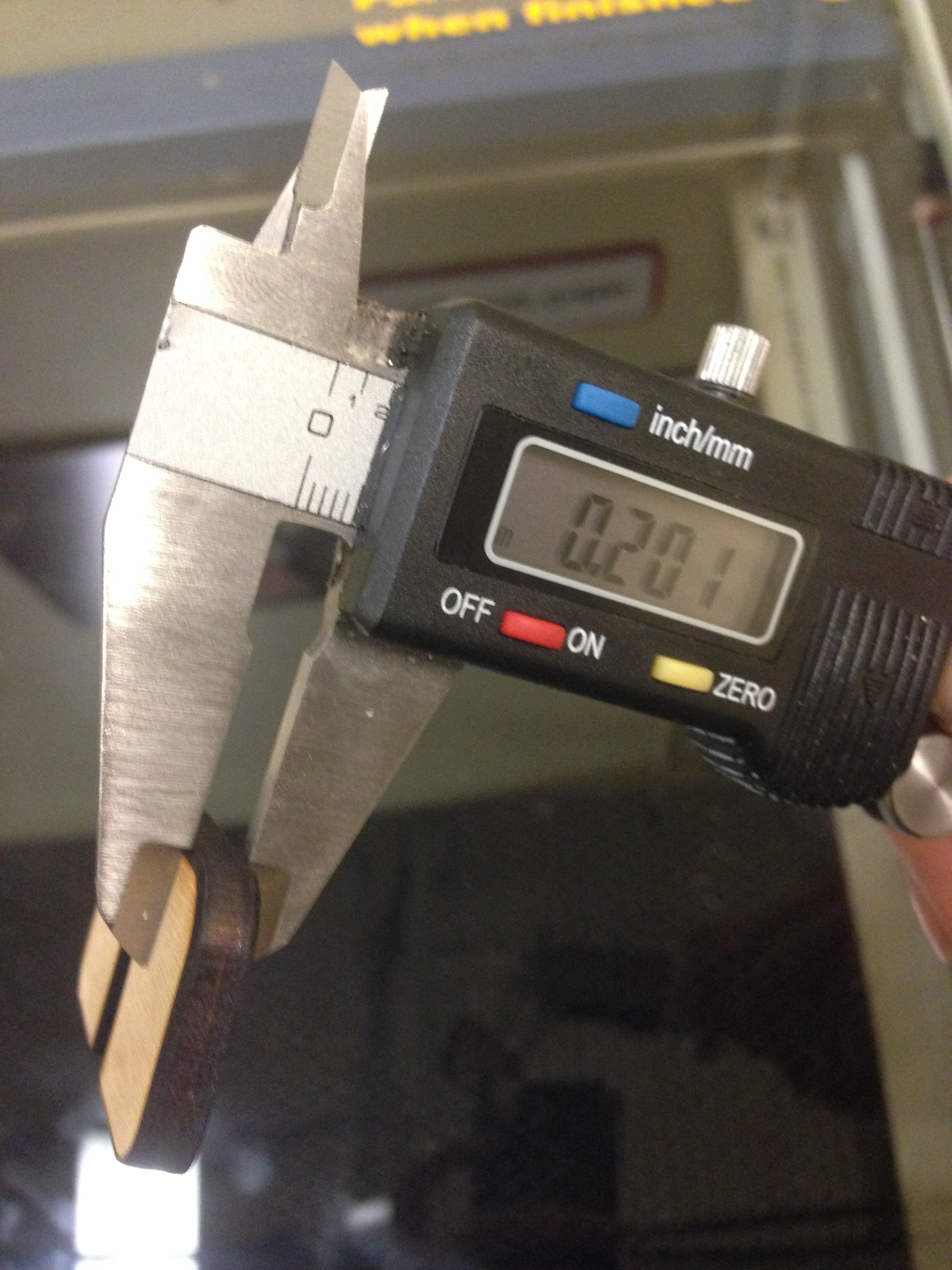
Once you have chosen your wood, using a panel or table saw, cut the wood to 24"x18" segments for each box you want to make and 15"x5" for each divider you want.
The next step is to determine thickness of your wood. Although the lumber yard may say it is 1/4 inch thick, most of the time it is not. I have made a separate Instructable on how to account for this discrepancy, including how to adjust your pattern for the kerf of your laser. If you plan to use glue to hold your box together you may simply measure the thickness with a calipers.
Another optional step in preparing your wood for the laser cutter is to shield it. When the wood is laser cut, fumes from burning glue, flame, water vapor and smoke may discolor the surface near edges. In my demonstration I didn't worry about this and was able afterwards to sand away any discoloration. However in other projects (with no etching) I have covered the wood with masking tape before cutting and removed it from each piece after cutting. This has worked with great success and there is little to no sanding required.
The next step is to determine thickness of your wood. Although the lumber yard may say it is 1/4 inch thick, most of the time it is not. I have made a separate Instructable on how to account for this discrepancy, including how to adjust your pattern for the kerf of your laser. If you plan to use glue to hold your box together you may simply measure the thickness with a calipers.
Another optional step in preparing your wood for the laser cutter is to shield it. When the wood is laser cut, fumes from burning glue, flame, water vapor and smoke may discolor the surface near edges. In my demonstration I didn't worry about this and was able afterwards to sand away any discoloration. However in other projects (with no etching) I have covered the wood with masking tape before cutting and removed it from each piece after cutting. This has worked with great success and there is little to no sanding required.
Preparing the Pattern
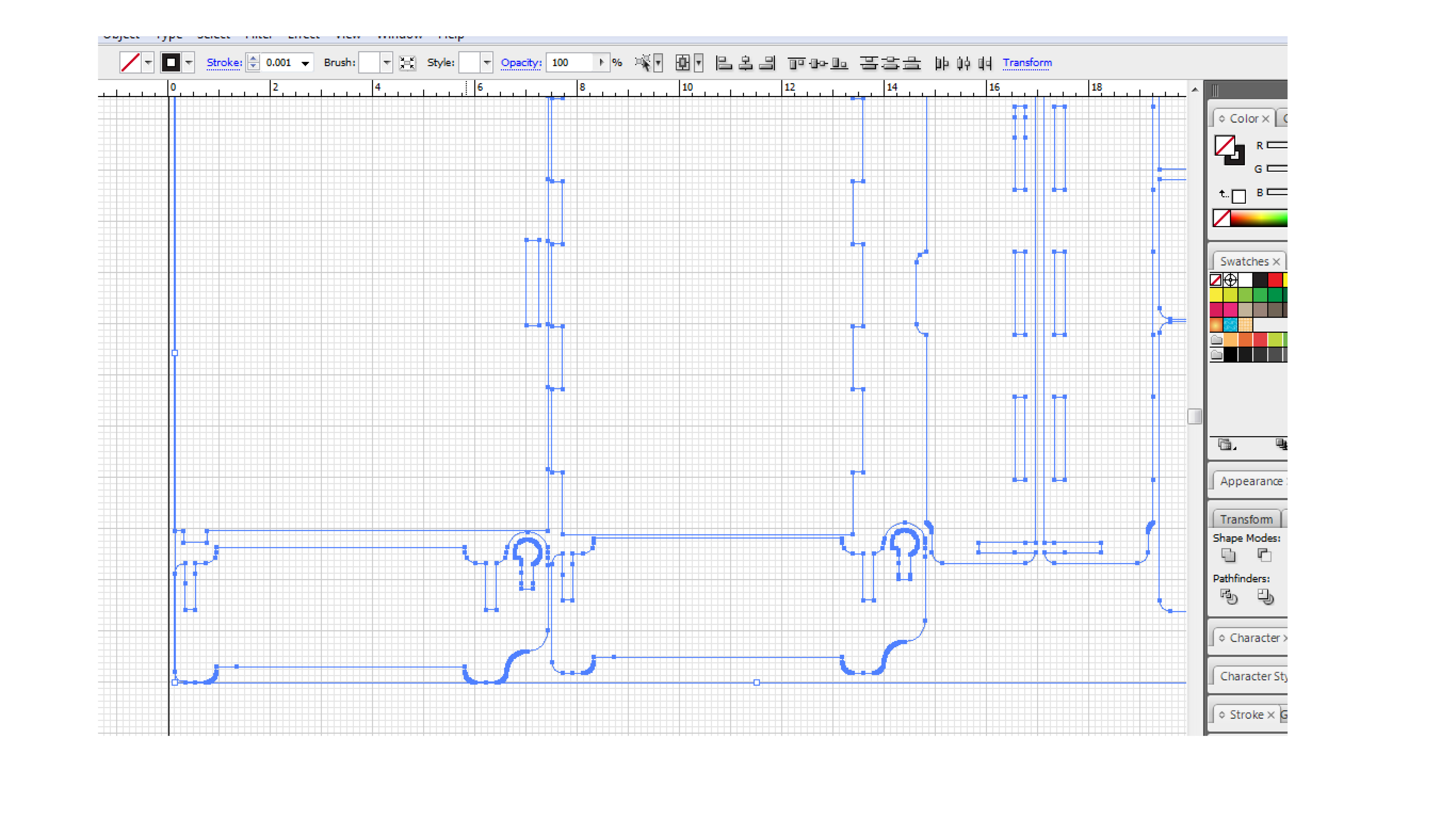
After determining the thickness of your wood, open your pattern in Illustrator.
1. Select the group of lines representing slots.
2. Change the line thickness to the thickness of your wood minus one kerf thickness of your laser.
3. Expand the group of lines by hitting Object>Expand. Now they are a group of blocks.
4. Select the blocks and the outline of all the pieces and using the Pathfinder tool (If you can't find it use Window>Pathfinder and it will appear) choose the option "Subtract from shape area".
5. Make sure all lines are still set to .001 thickness and your file is ready for laser cutting.
1. Select the group of lines representing slots.
2. Change the line thickness to the thickness of your wood minus one kerf thickness of your laser.
3. Expand the group of lines by hitting Object>Expand. Now they are a group of blocks.
4. Select the blocks and the outline of all the pieces and using the Pathfinder tool (If you can't find it use Window>Pathfinder and it will appear) choose the option "Subtract from shape area".
5. Make sure all lines are still set to .001 thickness and your file is ready for laser cutting.
Cut Your Pieces
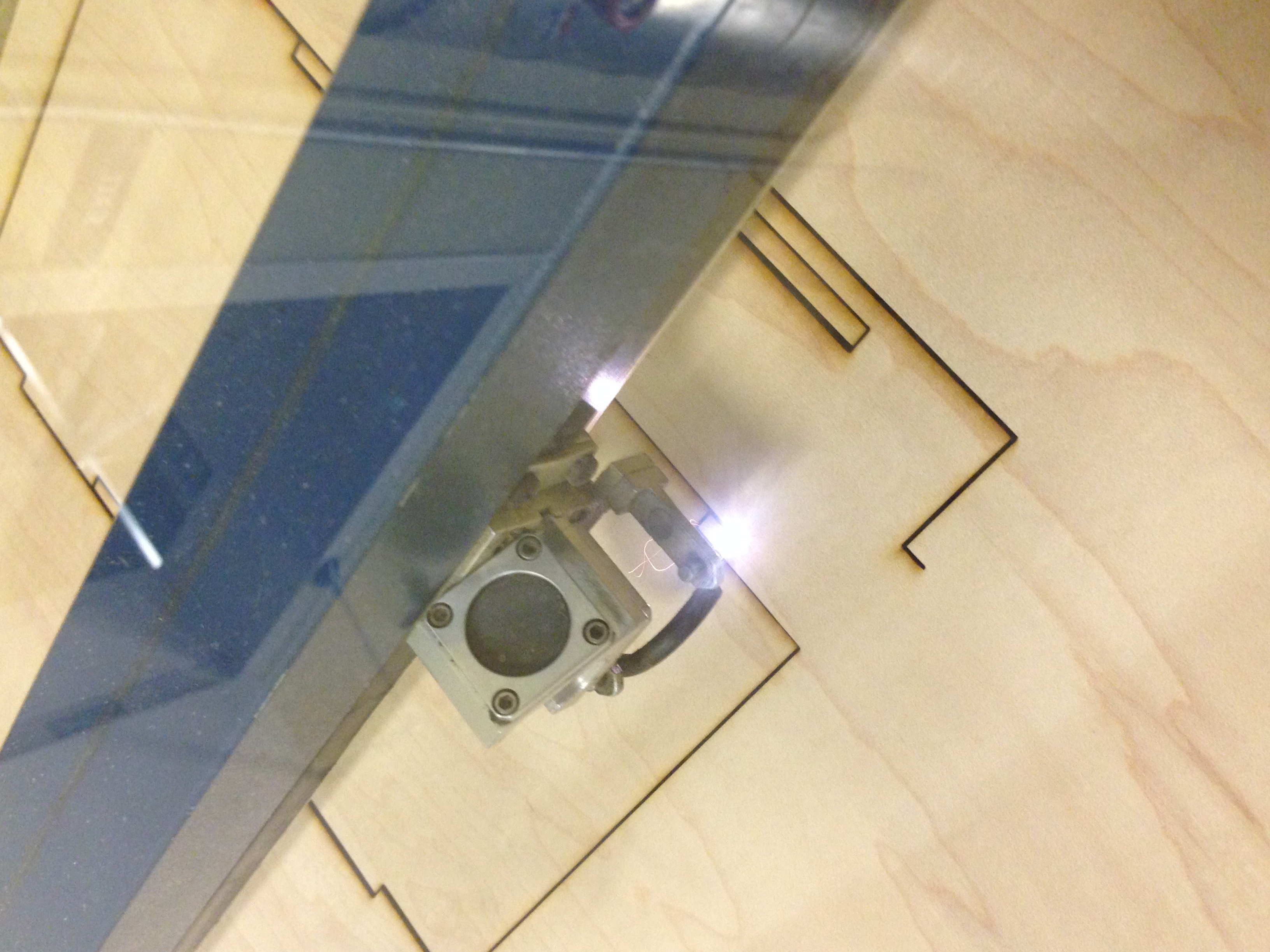
Much of this step was learned on the machine already in the safety and basic use class if you are using it at Techshop. However there is a bit of trial and error in getting the laser to cut all the way through the wood if you are new on the machine. This is another reason I recommend going through the kerf test I linked before you cut your box. This will help familiarize you with how the laser cutter works and to determine the laser cutter settings for your particular material. You will need to slow down your cutting speed on plywood as well because the glue is tougher to cut through than solid wood. For my maple plywood I used vector settings around 10% Speed, 90% Power, ~500 Frequency. Experiment on the test pieces in the thickness Instructable until you're comfortable with the fit and cutter settings. If small areas do not cut entirely through they can be finished on the back using an x acto knife.
Sand Your Pieces
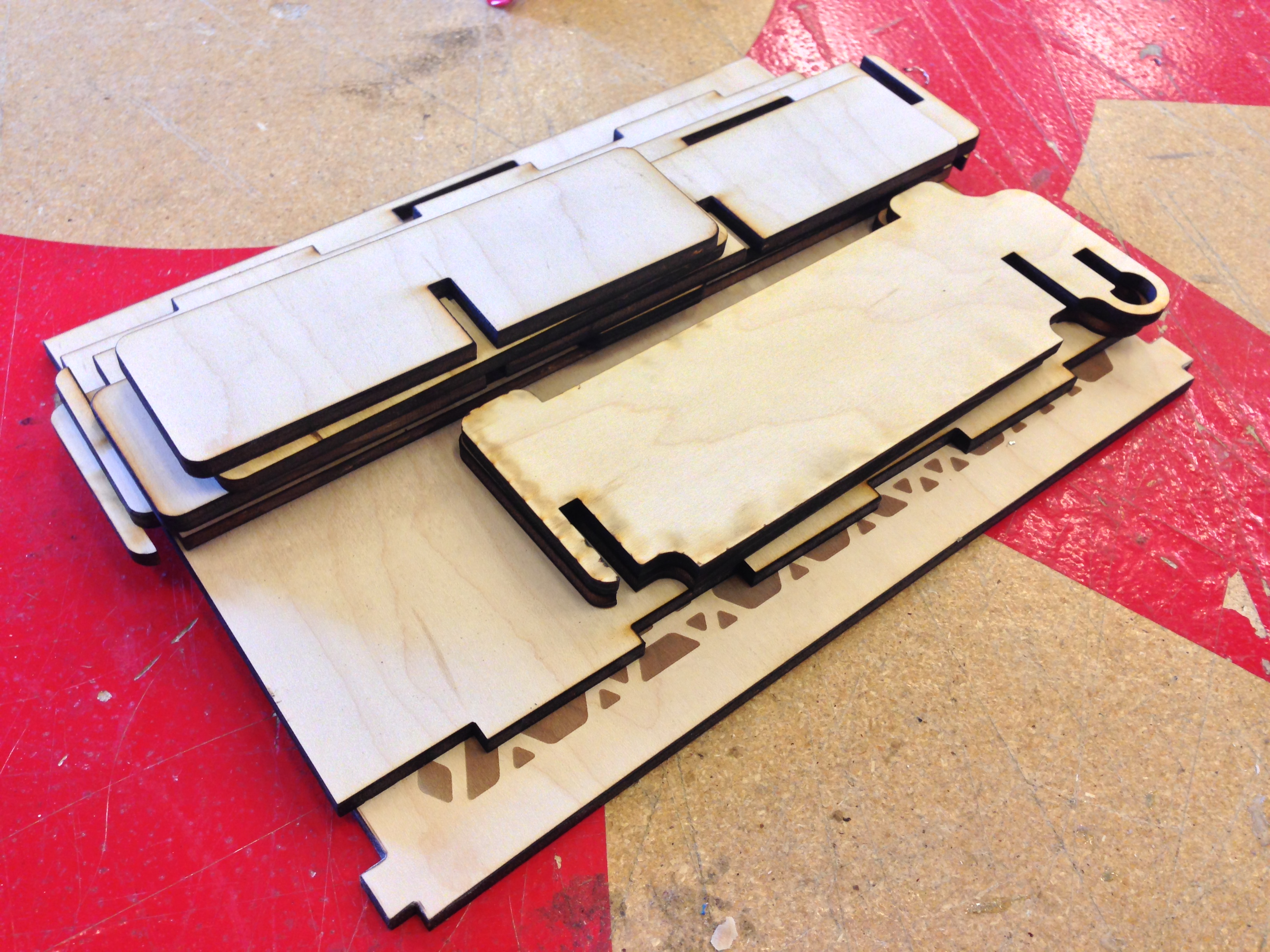
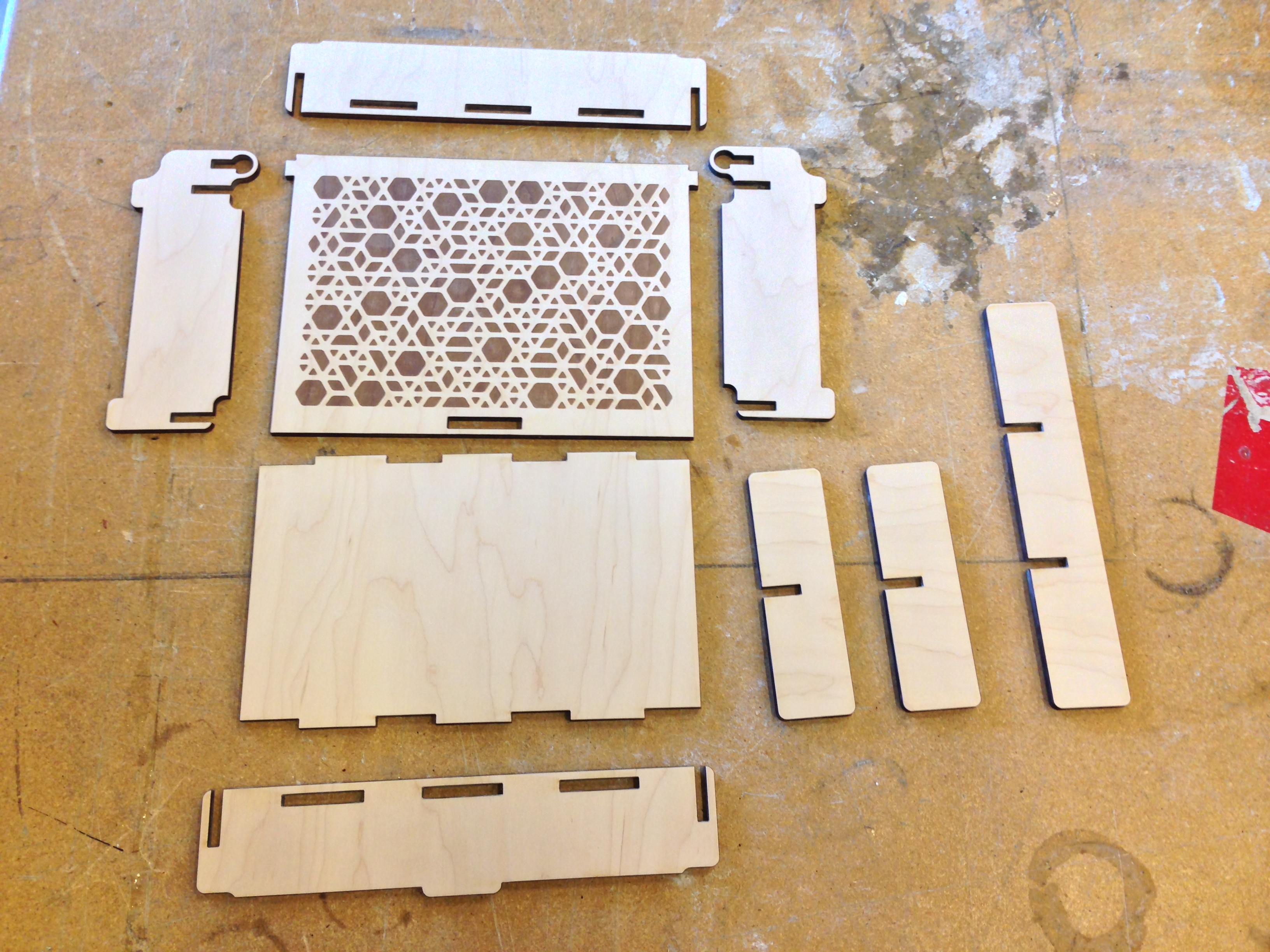
You can see that there is lots of scorching around the edges in the first image. To remove this, use your fine grit sandpaper and sand with the grain. Sanding against the grain may mar the surface and leave scratches. In the second image you can see that after sanding there is great improvement and your wood faces are nice and clean again.
I like the dark edges to my piece and you will have a lot of trouble removing them completely with sandpaper without deforming the shapes. If you want to lighten them, scrubbing the edges with hydrogen peroxide and an old t-shirt will start to remove the charred edge but may leave it blotchy and uneven.
I like the dark edges to my piece and you will have a lot of trouble removing them completely with sandpaper without deforming the shapes. If you want to lighten them, scrubbing the edges with hydrogen peroxide and an old t-shirt will start to remove the charred edge but may leave it blotchy and uneven.
Assemble 1
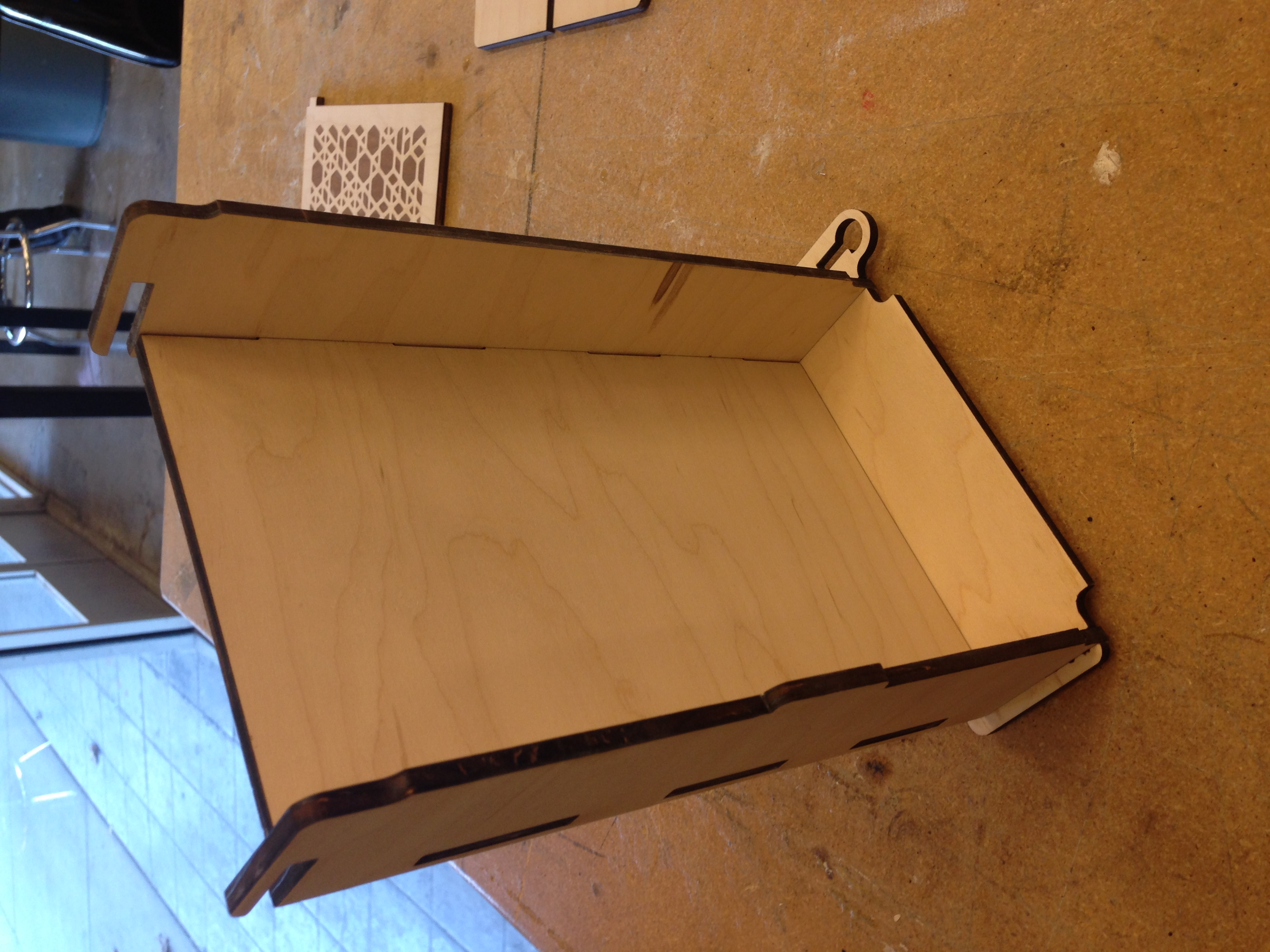
Fit the bottom, front and back and one side together.
Assemble 2
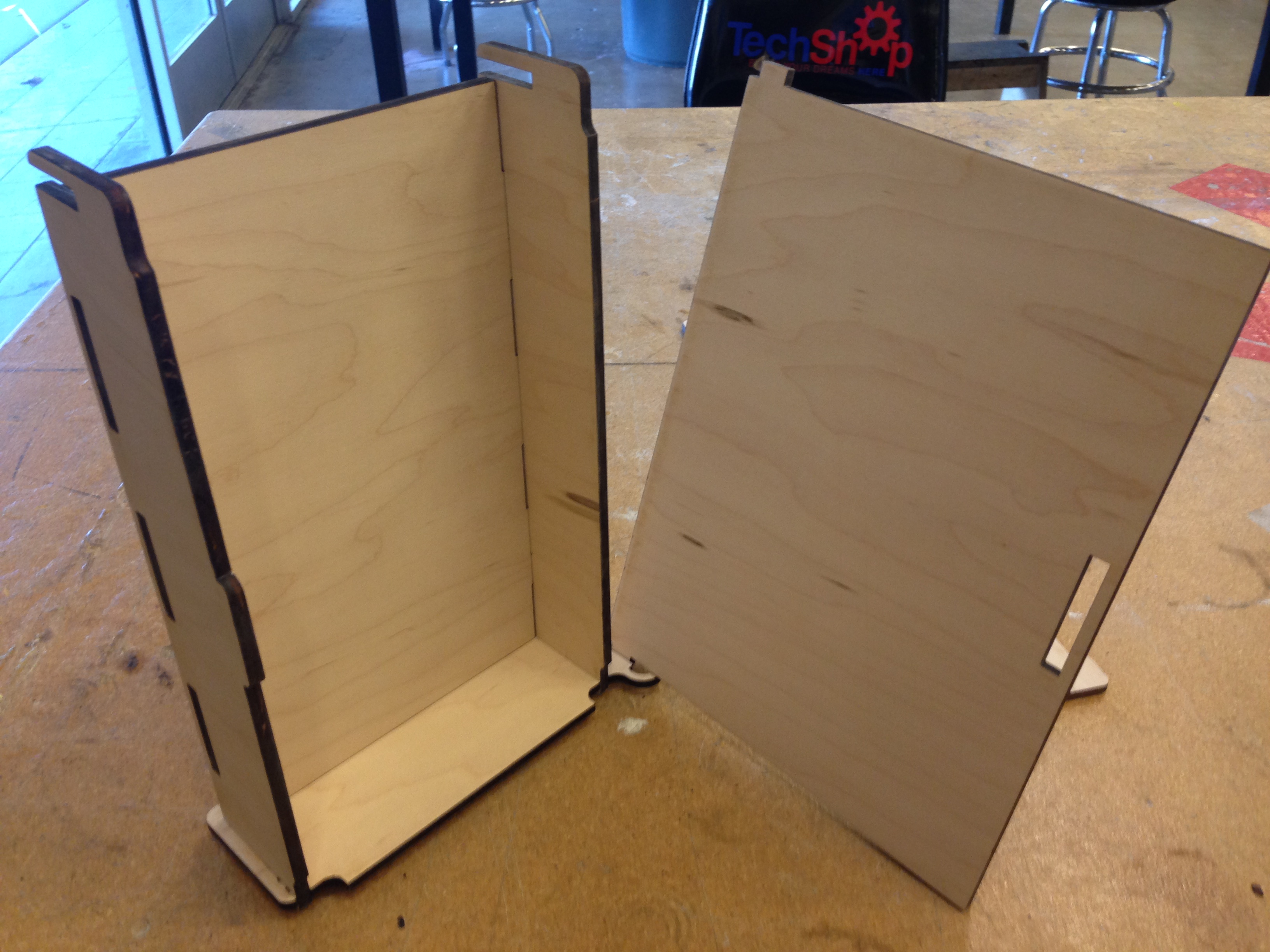
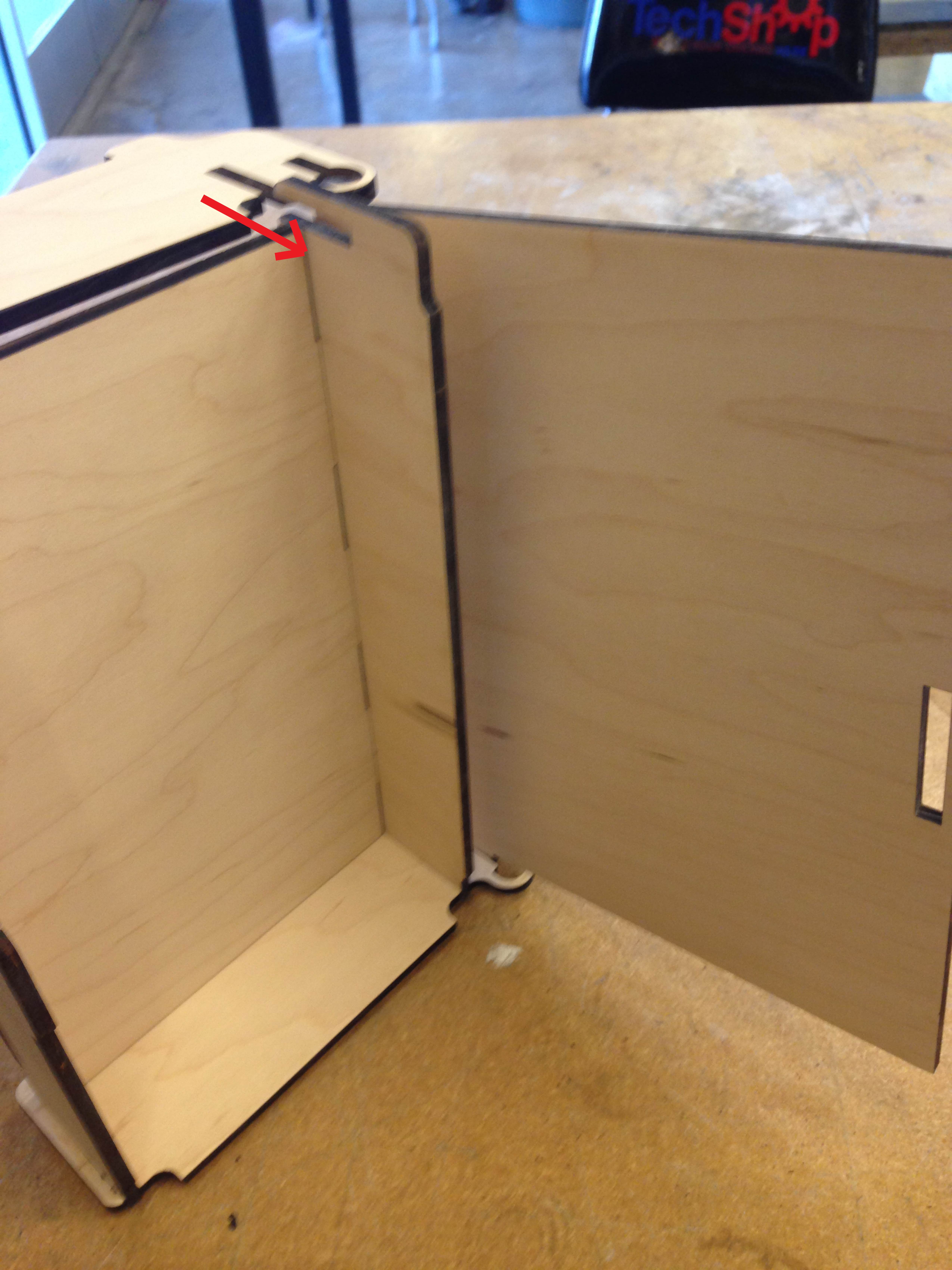
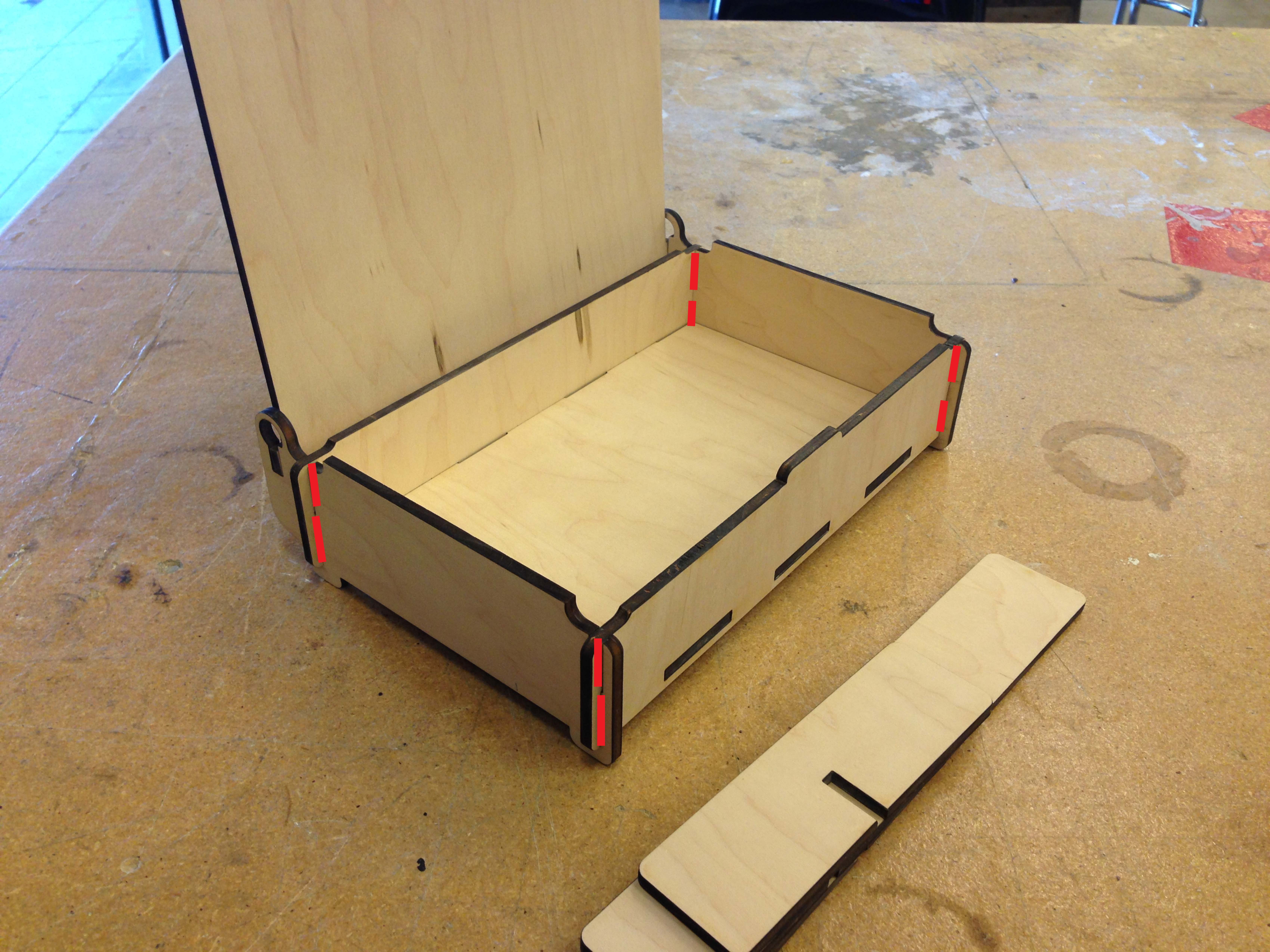
Fit the lid tab into the one side, then fit the top tab into the second side before sliding it into place. If you wish to use glue apply some along the tabbed area of the sides only, the rest will be held together with those glued.
Assemble 3
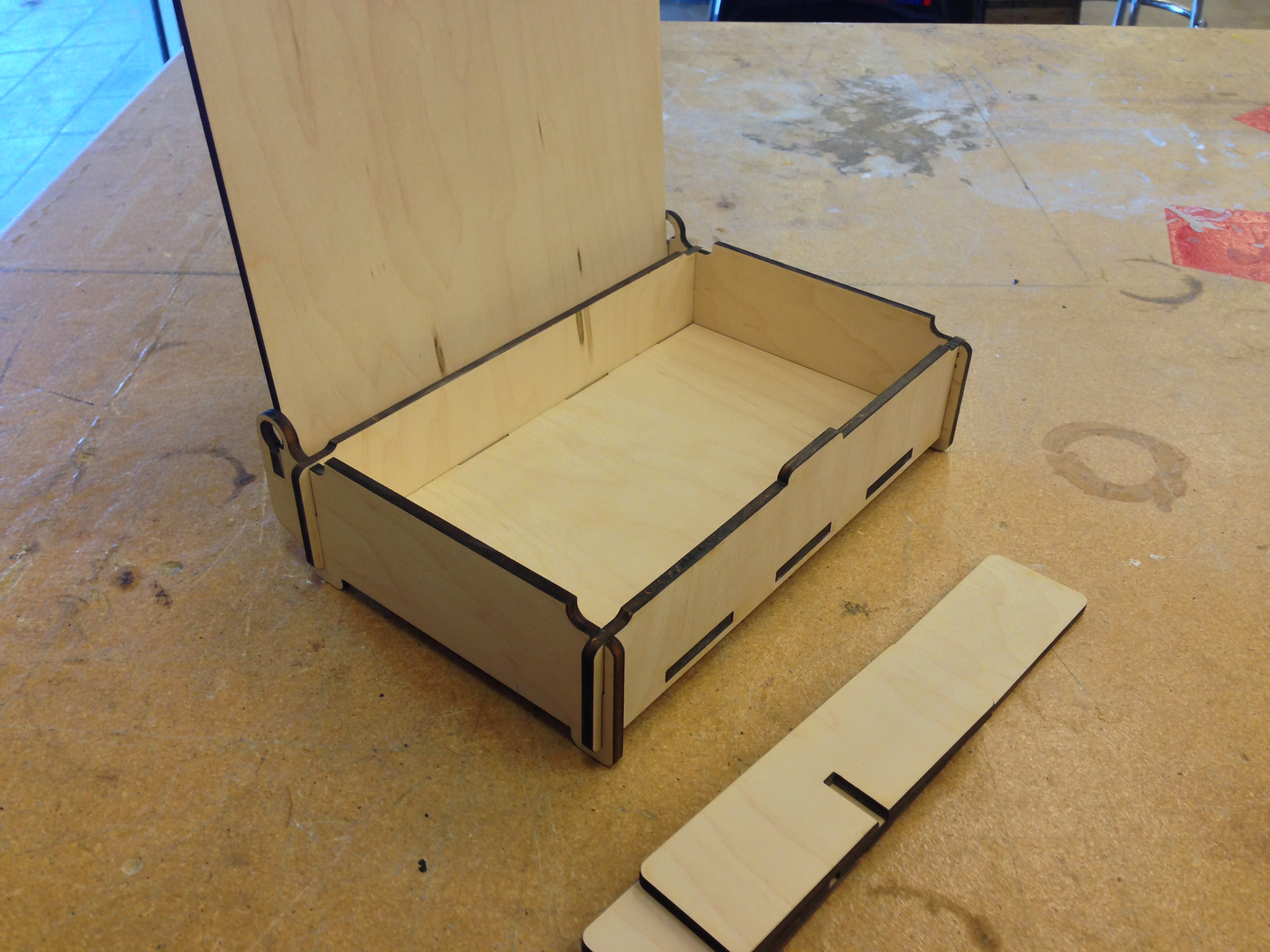
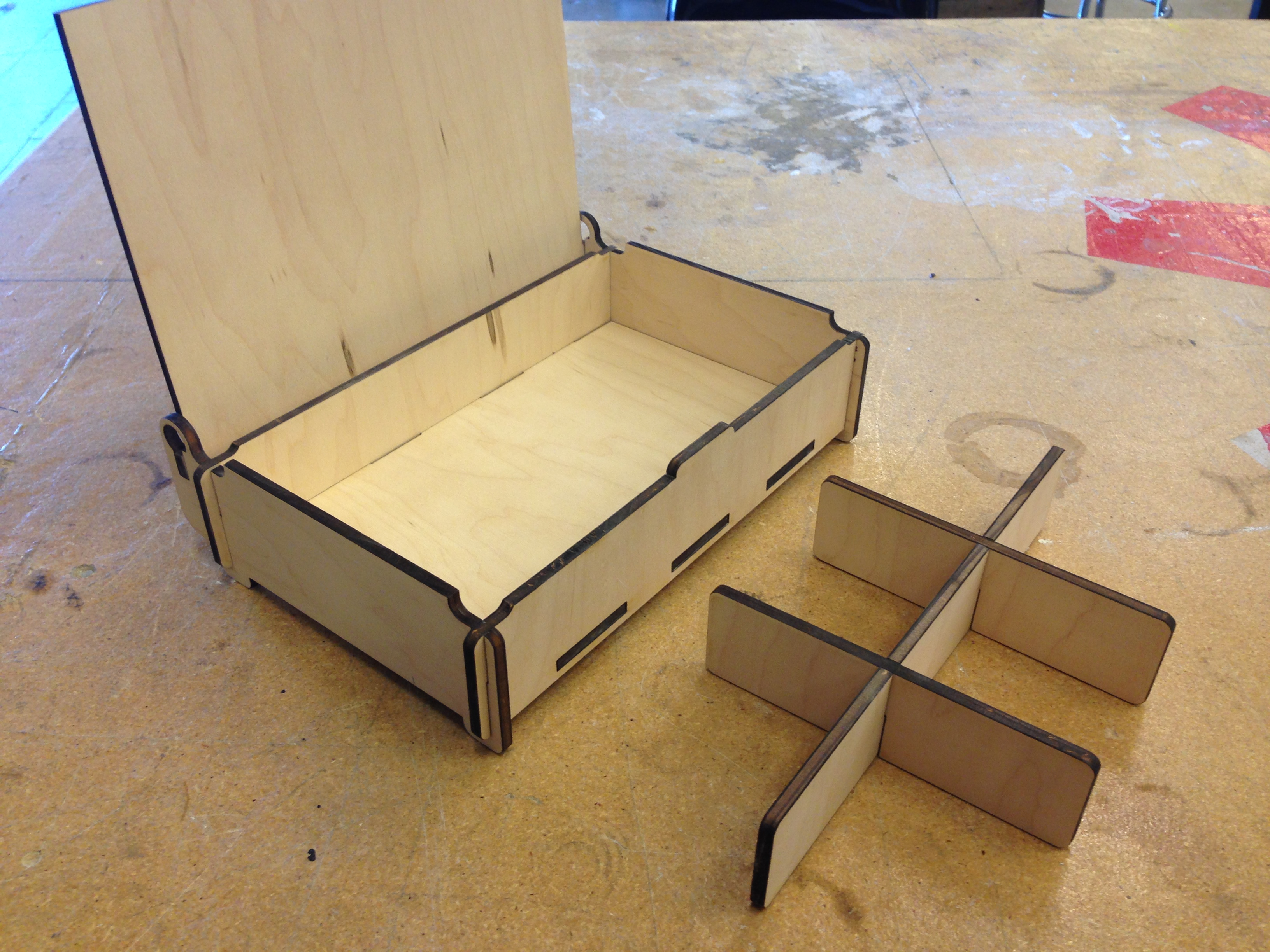

Put together your divider if you wish use it.
Use the Box
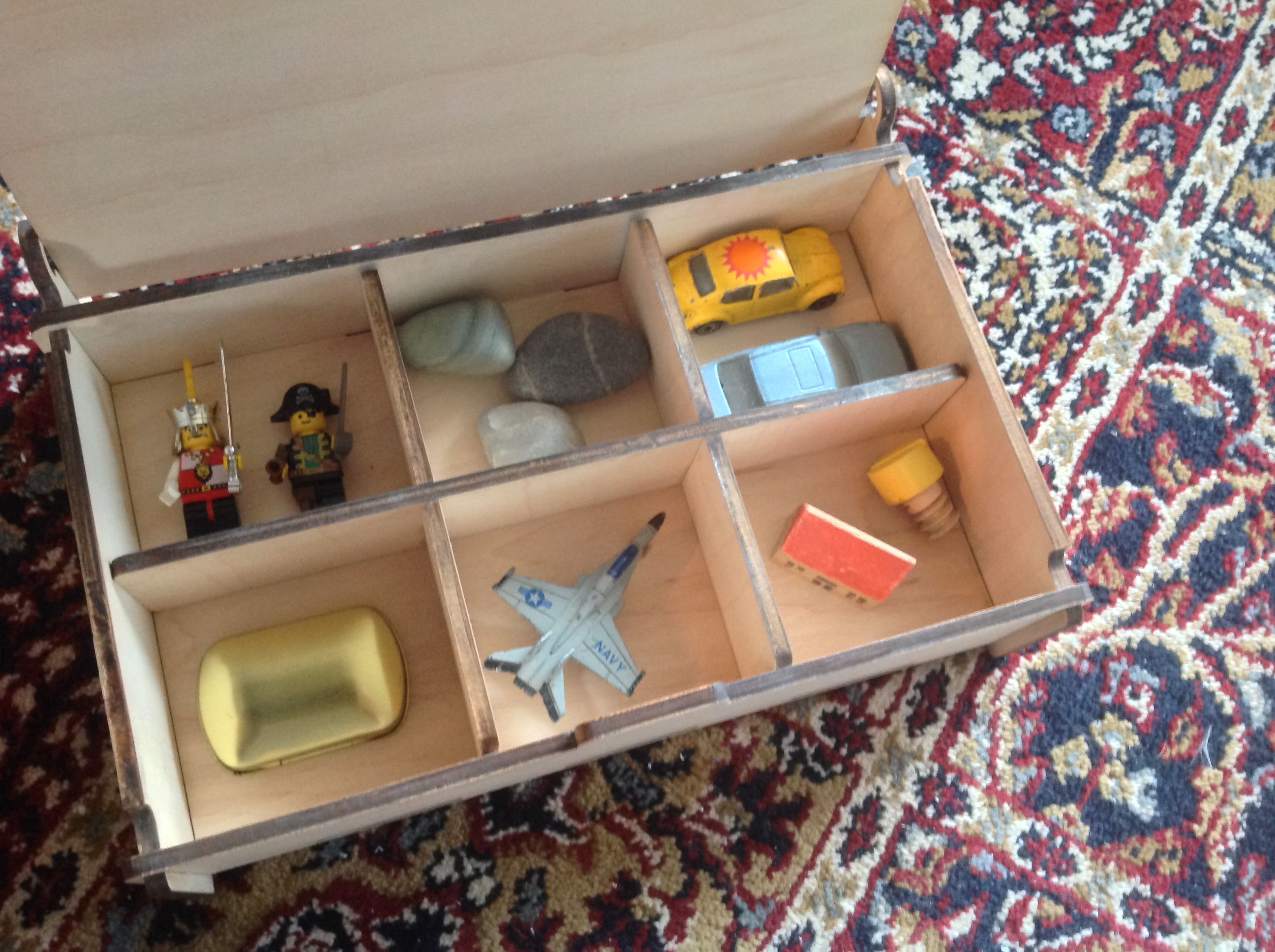
Enjoy!